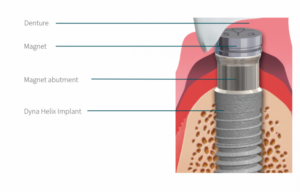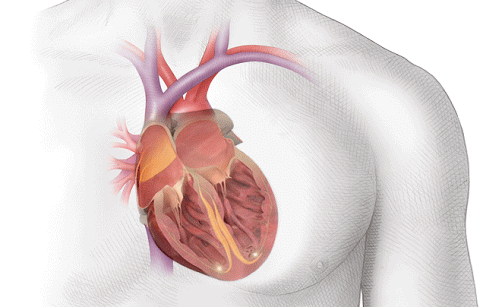
Effects of neodymium magnets on health and medical usage
Cardiovascular system
The flow of red blood cells in the skeletal muscle capillaries exposed to strong static magnetic fields has been reported to be reduced, Intratumoral microcirculation is characterized by tortuous microvessels with chaotic structures and unstable irregular blood flow. A study has reported a decrease in the bloodstream and blood vessel density in tumors that were treated using static magnetic fields. In the same study, it was shown that in non-tumoral skeletal muscles exposed to static magnetic fields, platelet activation and adhesion increased. The magnetic field generated by neodymium magnets is thought to increase microcirculation.
Neural system
Magnets can be used to generate magnetic fields in neural electrical activity research. The effect of magnetic fields created using neodymium magnets on neural damage was examined in a study where they were applied on 17 healthy volunteers for 2 hours. Neuron specific enolase which is the determinant of neuronal damage and S100 blood levels were studied, the test conducted to measure mental ability revealed that the parameters tested on the 17 volunteers were not affected by the magnetic fields and generated a magnetic field with neodymium magnets seemed to be safe on these parameters.
Skeleton, muscle, and joints system
The effect of neodymium magnet implants placed in rabbit tibia and that of non-magnetic implants on bone tissue have been compared. Magnetic implants reinforced both medulla and cortex around the bone tissue and the increase in the medulla was statistically significant.
Gastrointestinal system
In a study conducted in 2012, neodymium magnets were used to fix endoscopically determined colon tumors. During the laparoscopic surgery performed without tools such as fluoroscopy or ultrasonography, the magnets were used for an easy access to the tumor. The intraoperative localization of marked lesions was successful in 27 (96%) of 28 patients.
Use of magnets in dentistry
Magnets have also been used in orthodontic operations. The outward movement of the buried tooth root in cases of dental fracture can be achieved using magnets in 9–12 weeks. The root reaching out can then be reformed by methods such as porcelain coating. Neodymium magnets are used with coatings as they are not resistant to corrosion and gradual loss of strength.

Conclusion
Electronic devices are being increasingly used in our lives. Fossil fuels are being replaced by renewable energies, a field that increasingly uses rare earth elements. These elements are used in electric cars and wind turbines. Although procurement challenges and high prices lead producers to seek alternatives, rare earth elements are still being used in numerous technology and Because of their demand, the health effects of these powerful magnets must be addressed along with their environmental impacts.



